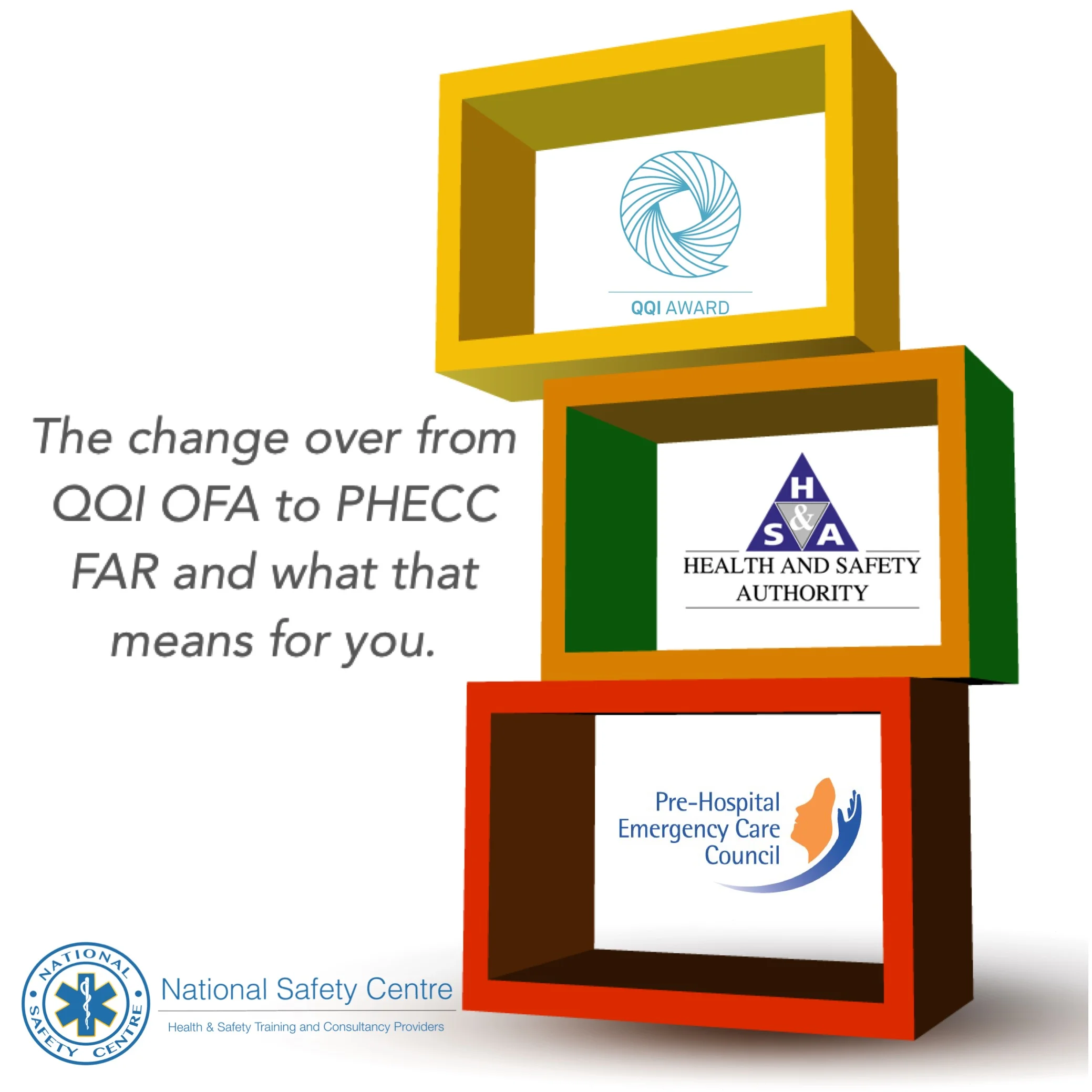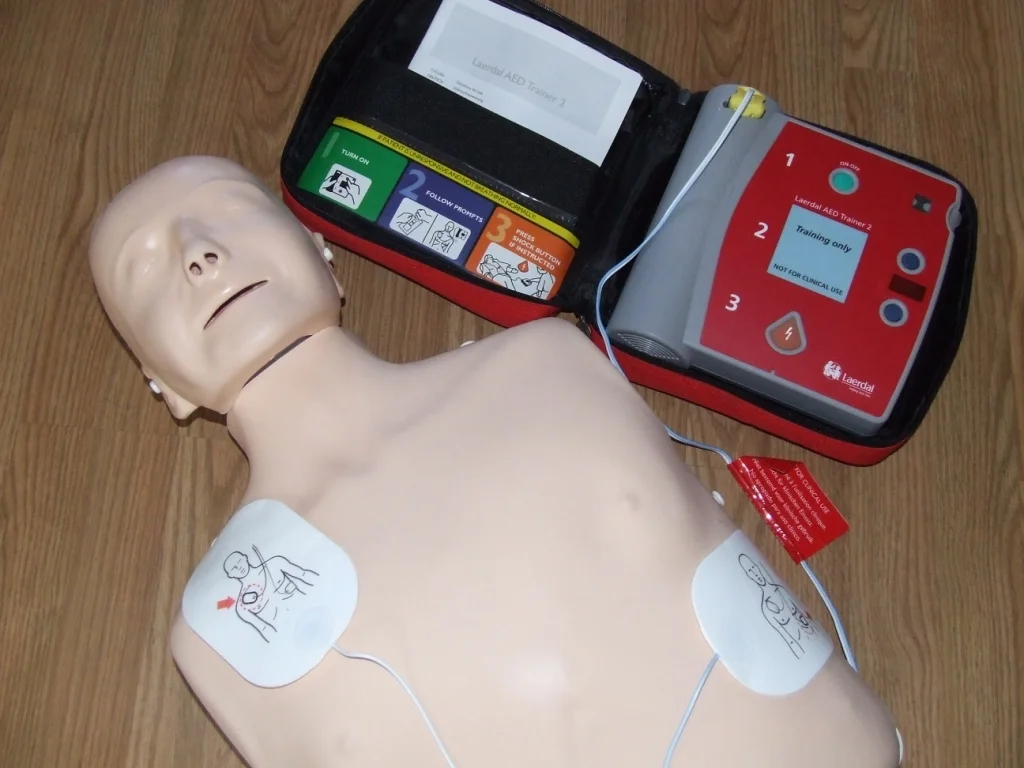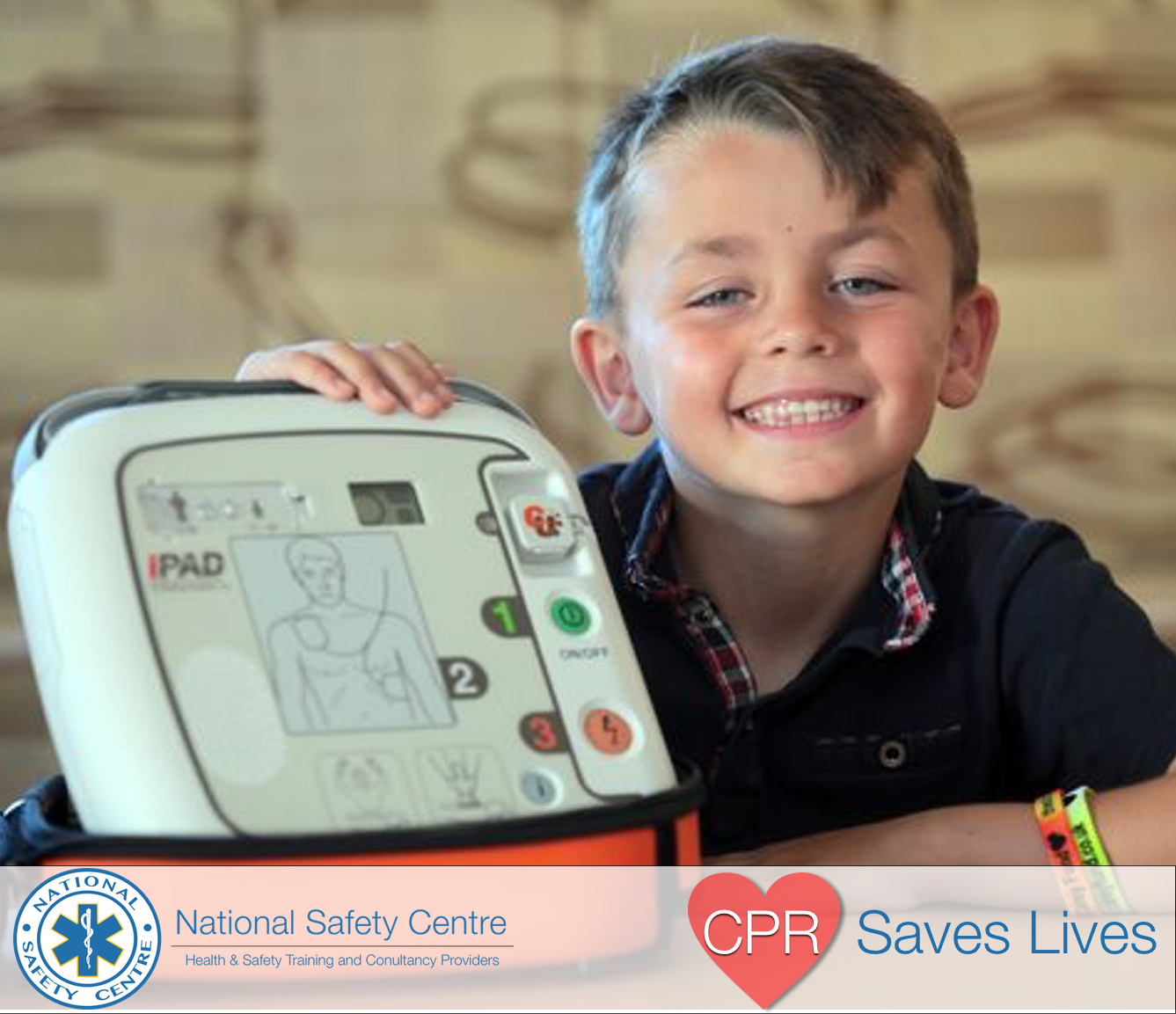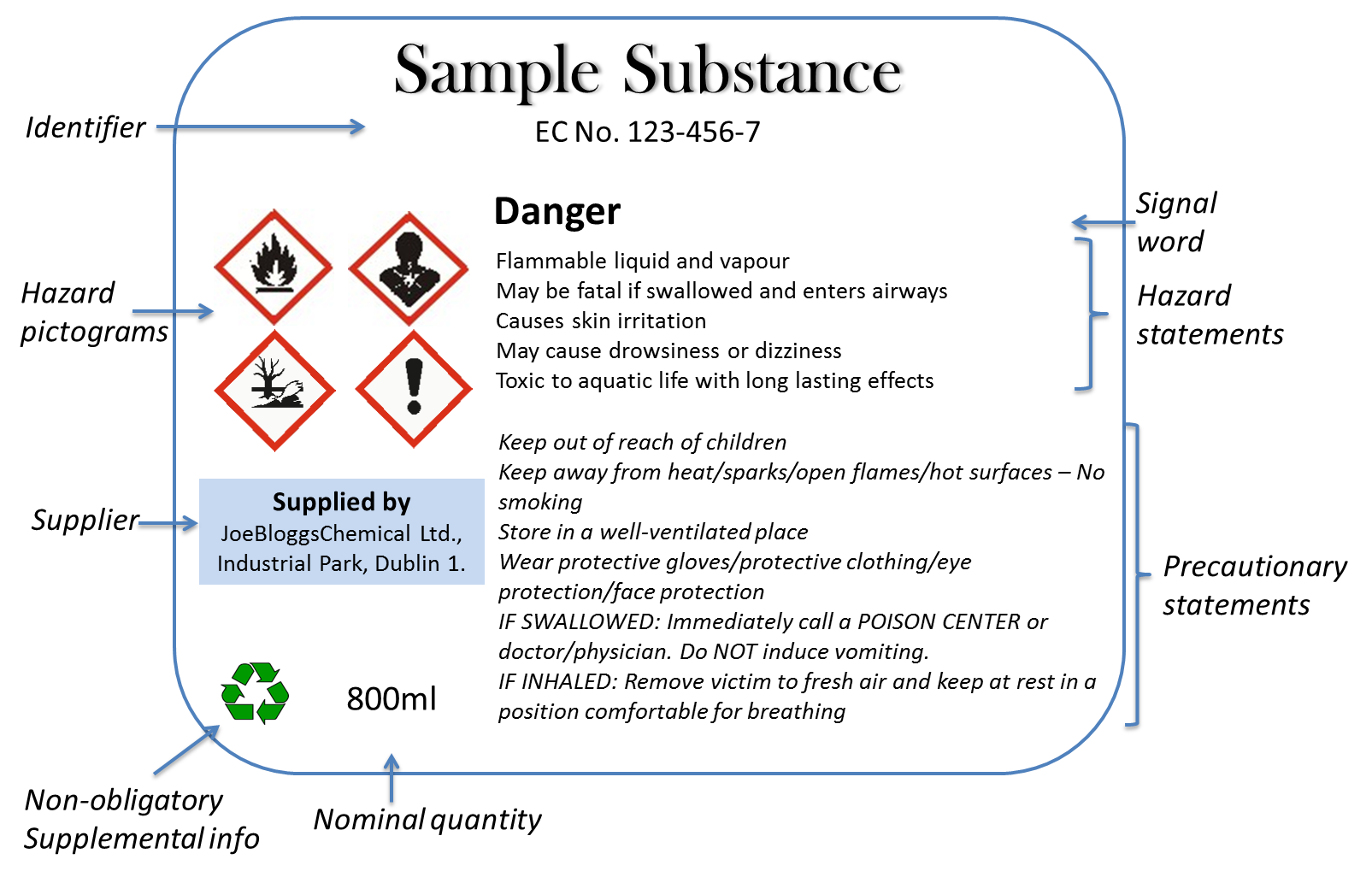The NSAI (National Standards Authority of Ireland) is advising parents to check for safety labels and markings when shopping for Halloween costumes and accessories this holiday season.
“Don’t let Halloween be more frightening this year than it should be,” said Maurice Buckley, Chief Executive of the NSAI. “Consumers should look out for safety standard labels on their Halloween costumes, props and toys, such as “flame resistant” and the CE mark. Both of these labels show that the manufacturer has complied with national and international standards. The label doesn’t mean that these items won't catch fire, but it does indicate that they will resist burning and they should extinguish quickly once you get them away from the fire source,” Mr Buckley added.
Halloween props to complete the scary costume such as masks, pitchforks, and brooms should also have a visible CE mark. Under Irish and European law, children’s toys must display the CE mark, which shows that the manufacturer has complied with the Irish and European ‘Safety of Toys’ standard (I.S. EN 71). This means that the product has undergone safety testing in the design and manufacture process.
CEO of NSAI Maurice Buckley is warning parents to be wary of fake CE marked costumes and accessories that may be for sale on the market. “It’s difficult but one way to spot fraudulent CE markings it to check the logo. Sometimes the wrong logo is used entirely, but if it looks correct, check the middle line of the ‘E’, as it should be shorter than the other parts,” said Mr. Buckley.
Last year tragedy struck the home of Strictly Come Dancing presenter Claudia Winkleman when her eight-year-old daughter suffered horrific burns after the witch’s costume she wore brushed against a candle. The TV presenter told the BBC at the time that the tights of the outfit had “melted into her skin” and they had struggled to put the fire out.
All costumes, not just children’s costumes, must pass EN 71-2, the existing toy flammability standard. Just because a fabric passes the flammability standard does not mean it’s flame resistant. The requirement is based on how quickly the flame spreads (a minimum of 3.5 seconds) and does not take into account the size of the flame. Unfortunately, there is no way to tell if a fabric will be flammable just by looking at it, but to be on the safe side, follow these tips:
10 Safety Tips for Halloween
1. Look for the CE mark and flame-resistant labels on costumes
Look for the CE mark and the Flame Resistant label when shopping for a Halloween costume or accessories. These marks show that the manufacturer has complied with national and international standards. Although this label does not mean these items won't catch fire, it does indicate the items will resist burning and should extinguish quickly once removed from the ignition source.
2. Look for the CE Mark on Halloween toys
If your child is carrying a plastic costume prop or toy such as a mask or a pitchfork, look for the CE Mark. Under Irish and European law, toys placed on the European market must display the CE Mark. The CE Mark demonstrates that the manufacturer has complied with the Irish and European standard, I.S. EN 71 "Safety of Toys", and the product has undergone safety testing in the design and manufacture process.
3. Ensure Halloween novelty lights are safe
Halloween novelty lights, similar in style to Christmas lights, are widely available in shops. However, all electrical products sold in the EU must also comply with safety standards and must carry a CE mark. The mark should be visible on the product itself or on its packaging. If it doesn't have the CE mark, don't buy it.
4. Avoid glitter and capes
In order to protect your children from getting into contact with naked flames, we advise you avoid costumes with glitter as it tends to be more flammable. Also, capes, trains and dangling sleeves can drag and graze a naked flame more easily and therefore should be avoided.
5. Batteries instead of Flames
The flame resistant label and CE label will delay the material catching fire, but it will not prevent the costume from catching fire altogether. Therefore it is vital parents remove the risk and avoid using candles, or naked flames. Opt for battery-operated candles instead of lit ones for pumpkins.
6. Pick a costume that’s made of one material
Look for costumes made from 100% synthetic fibres like nylon or polyester. Costumes that are made of one single type of material will often catch fire more slowly than those that are made out of lots of different materials. If a costume is made of a variety of different fabrics they can all react to a flame in a different way and in some cases, can fuel the fire even faster.
7. Read the label on face paints
Always look for the CE mark when buying face paints and ensure that the ingredients are clearly displayed on the packaging in English.
8. Remember to stay visible
Ensure your child is wearing bright or light coloured clothing where possible, when trick-or-treating. Give them a glow stick to carry or buy reflective tape and attach it to your child’s costume, to ensure they are visible to motorists.
9. Stop, Drop and Roll
If the worst does happen and your child comes into contact with a candle or fire, make sure they know to stop, drop to the ground and roll around. Allow the ground to suffocate the flames and not your hand.
10. Make sure toys are age appropriate
Make sure the props and toys your child is using this Halloween are suitable. Some children, particularly those under the age of three, are more vulnerable, particularly to choking and less able to cope with particular toys than older children.
Source - NSAI
































